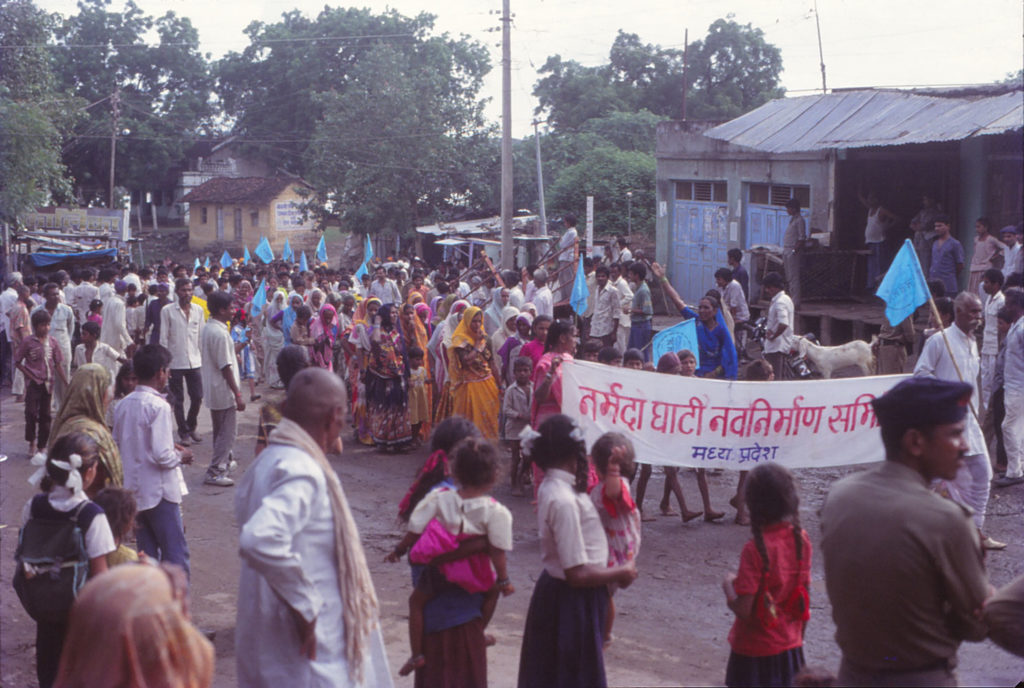Over the last half a century, the Sardar Sarovar Project (SSP) has been the target of intense struggles by the affected people of the Narmada Valley, which began way back in 1961 when the foundation stone of the project was laid. A series of resistance movements in the Narmada valley eventually culminated into the powerful people’s movement popularly known as the Narmada Bachao Andolan (NBA).

While the NBA began with the issue of the displacement and resettlement of the affected people, it went on to raise many broader issues, ultimately questioning the very paradigm of development represented by the SSP.
The NBA raised issues of the ecological impacts of the project, the issue of many other people affected by the project other than those affected by submergence, the financial costs of the project, the issue of the adverse cost-benefits, issues of equity and the question of who really benefits from such projects, the fact that many of the drought-prone areas of Gujarat were left out of the ambit of the project though it was being justified on their names and most important, the fact that there were several alternatives available which could deliver benefits without such massive impacts, and that such alternatives were not examined in the project decision making process. The NBA also raised issues of the need for affected people to participate in the decision making, and for transparency in all aspects of the project.
The NBA is active in the affected areas in all the three states, with thousands of people as part of the movement. It also has a large support network all over the country and even in other parts of the world. The NBA has spread all over the Narmada valley, from the SSP affected areas to the areas affected by other dams.
The resistance of the people of the Narmada Valley, along with similar other struggles, has contributed significantly to the development-environment discourse in the country. Many of the important ideas that are a part of the discussion today, like right to information, consent and participation of affected people, environmental flows etc., find their roots in early days of the struggles. The non-violent struggle against SSP spanning many decades has used several innovative strategies that have demonstrated how a mass movement of the marginalised can translate into a powerful force against established and dominant interests.